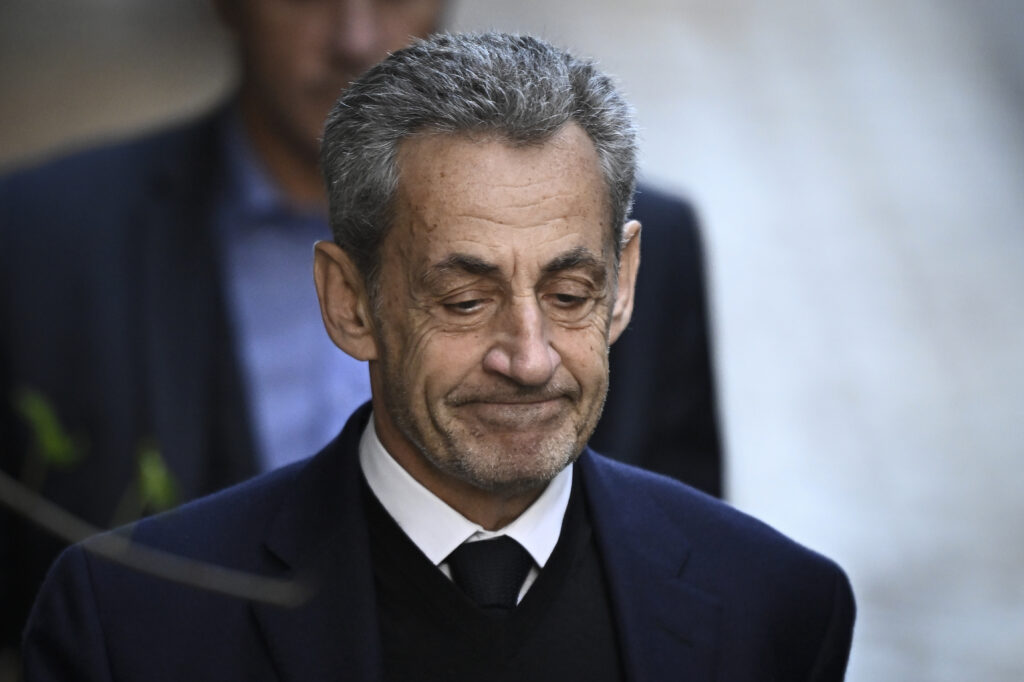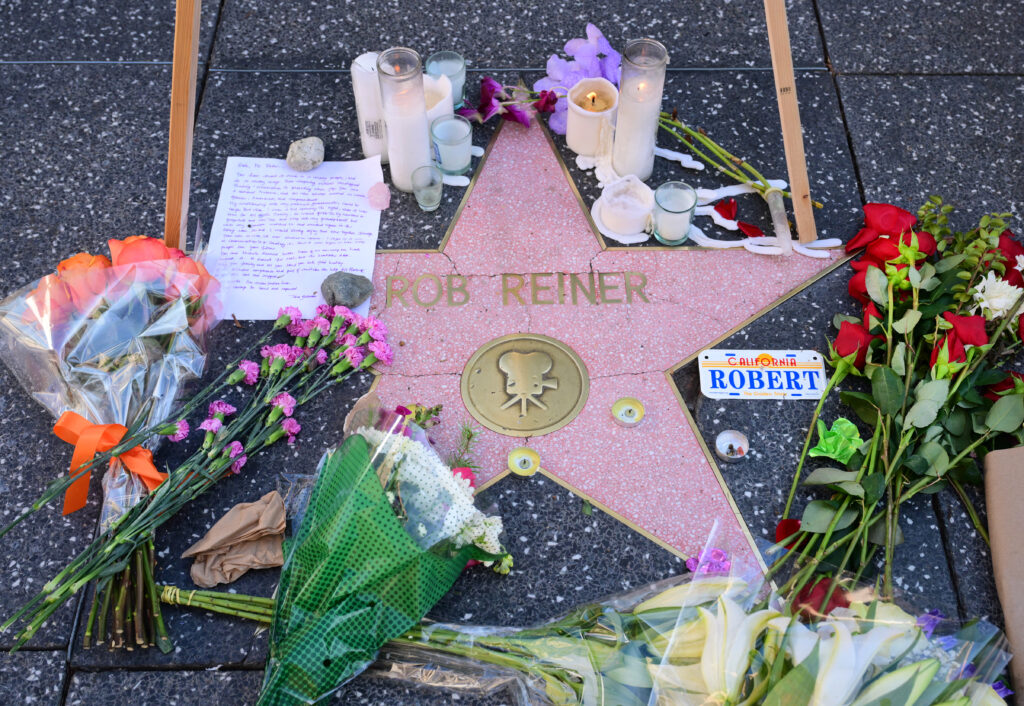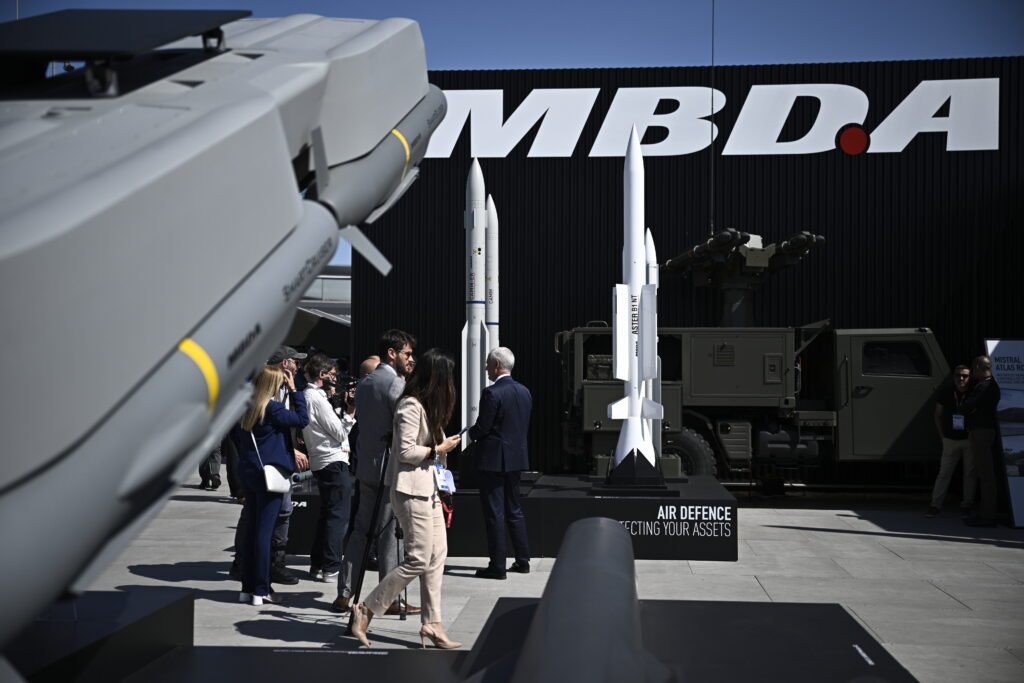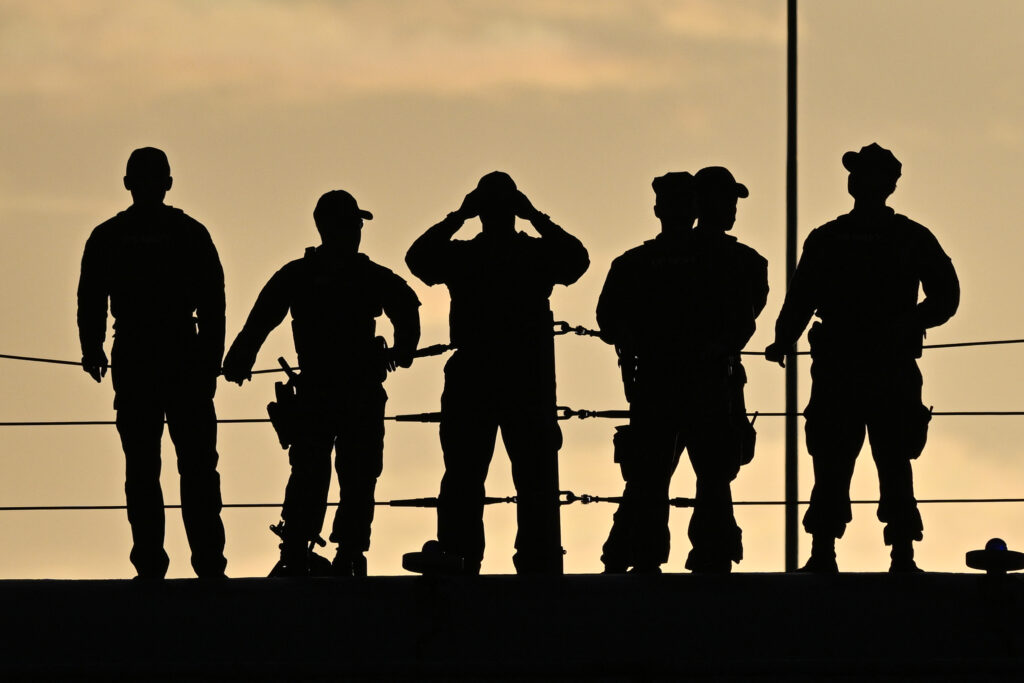Des avocats réclament une procédure disciplinaire contre leur confrère Nicolas Sarkozy
Un collectif d’avocats a saisi mardi la procureure générale de Paris pour demander l’ouverture d’une enquête déontologique visant Nicolas Sarkozy, estimant notamment que ses condamnations définitives portent atteinte “aux principes essentiels” de la profession, selon une information de l’Informé, confirmée mercredi à l’AFP.Ils sont neuf à poser la question: un avocat, condamné définitivement par la justice comme c’est le cas pour l’ancien président de la République, peut-il encore porter la robe? “Non, Nicolas Sarkozy ne peut plus incarner la profession, il n’a plus le droit d’être avocat”, estime Me Jérôme Karsenti. “On a un code de déontologie qui dit que la probité fait partie de notre fonction”, ajoute l’avocat, membre du collectif qui a saisi la procureure générale de Paris.”Etre condamné une première fois pénalement, c’est déjà un manquement déontologique. Etre condamné plusieurs fois et que rien ne soit fait… vraiment, c’est affligeant”, appuie auprès de l’AFP Me Jérôme Giusti, autre membre du collectif.Nicolas Sarkozy, numéro de toque R175, est avocat au barreau de Paris depuis 1981. Il est membre depuis presque 40 ans du cabinet cabinet Claude & Sarkozy rebaptisé Realyze en 2020.L’ex-président (2007-2012) a été condamné définitivement à deux reprises: pour corruption et trafic d’influence dans l’affaire des écoutes, également appelée Bismuth, et dans l’affaire Bygmalion sur le financement de sa campagne présidentielle de 2012.”Le bâtonnier peut saisir le conseil de discipline mais aussi le parquet général qui transmet les condamnations pénales définitives à l’Ordre pour que ce dernier donne une suite disciplinaire”, explique Me Christian Charrière-Bournazel, ancien bâtonnier de Paris, au sujet de la demande de ses confrères, dont il n’est pas partie.A l’Ordre ensuite de sanctionner ou pas. L’éventail des peines peut aller jusqu’à la radiation, bien qu’aucun texte ne prévoit qu’une condamnation pénale entraîne de facto l’exclusion.”La procureure générale se serait de toute façon saisie”, ajoute l’ancien avocat, selon qui “il est indispensable que Nicolas Sarkozy puisse comparaître en étant assisté au cours d’une audience du Conseil de discipline”.En octobre dernier, après la condamnation en première instance de Nicolas Sarkozy dans l’affaire libyenne, les mêmes avocats avaient déjà porté plainte contre leur confrère notamment pour “outrage à magistrats” après des propos de l’ancien président déclarant qu’il ne “plierait pas face au mensonge, au complot, à l’insulte” et face à des pratiques “si contraire à l’Etat de droit”.Or, rappelaient les avocats à l’origine de la plainte, selon le code de déontologie l’avocat, s’il jouit “d’une pleine liberté d’expression (…) doit s’abstenir de dénigrer l’État de droit ou de prononcer des propos généraux dégradants sur la justice”.”Nous considérons que nous sommes victimes en tant qu’avocats. Maintenir Nicolas Sarkozy, c’est porter atteinte au barreau de Paris et à notre profession”, estime Me Jérôme Giusti.








